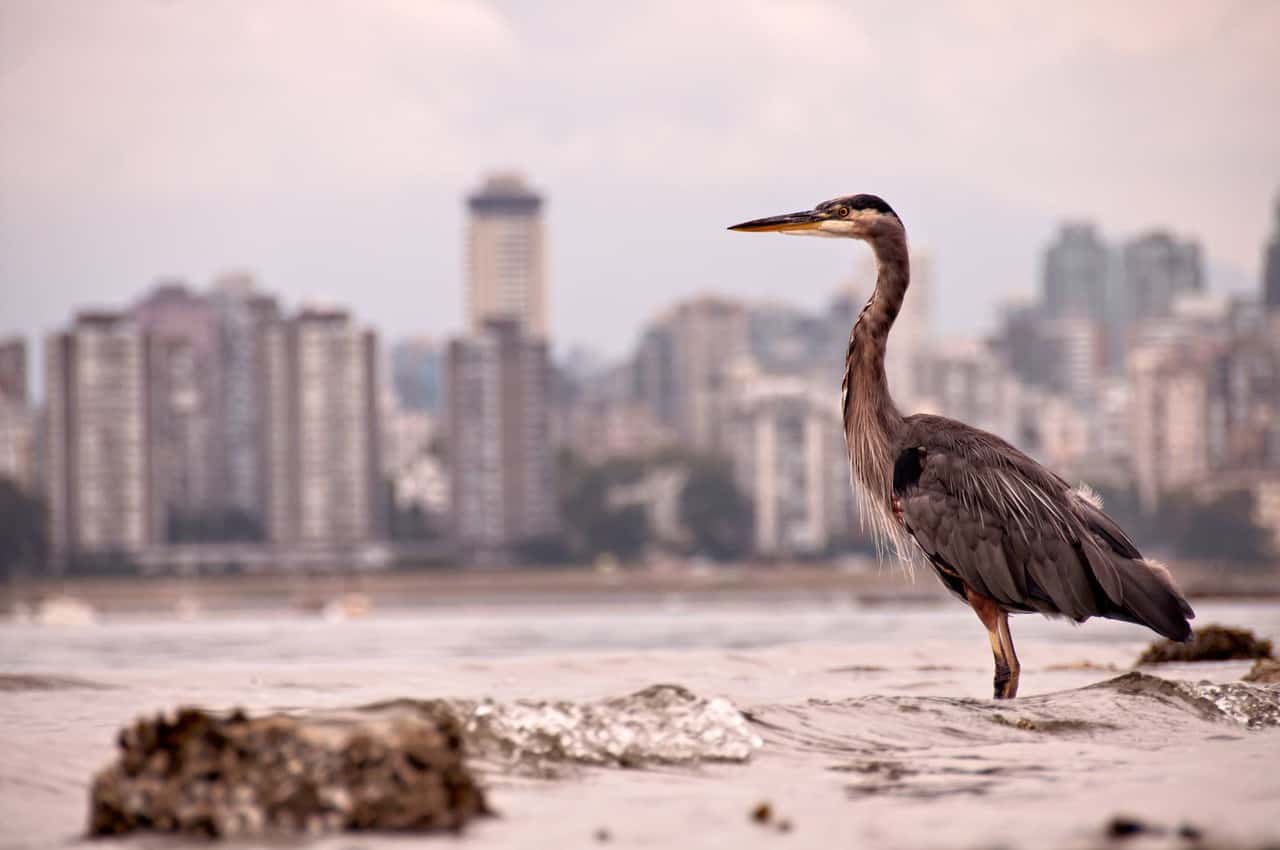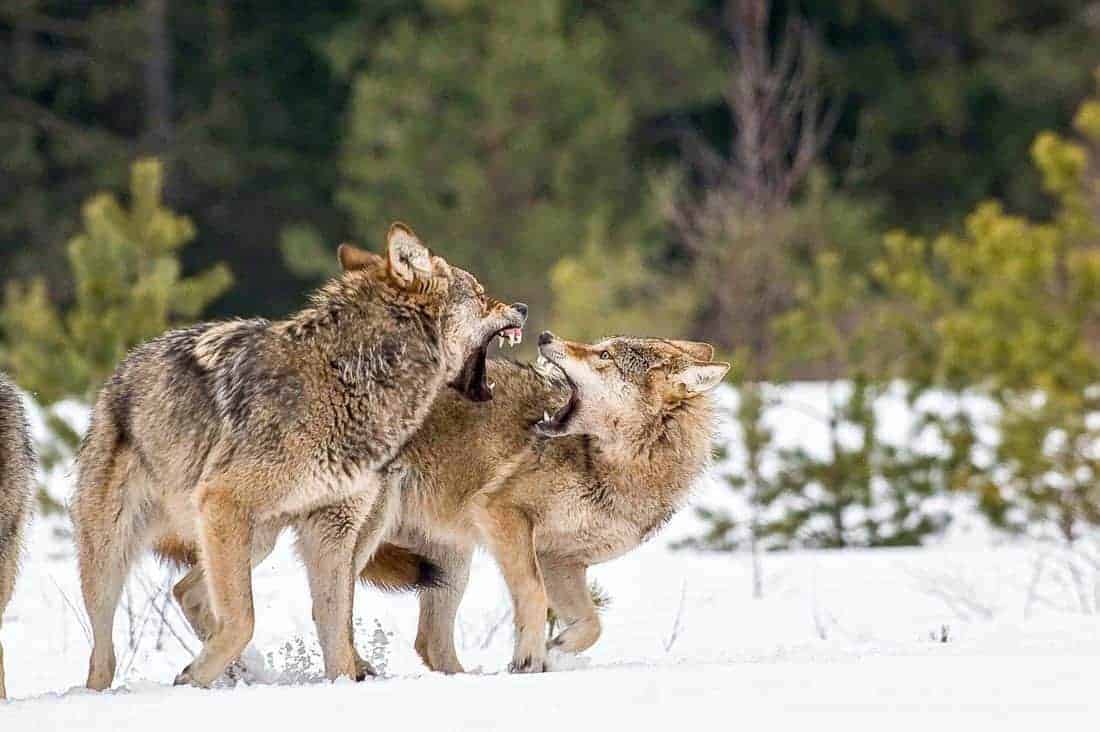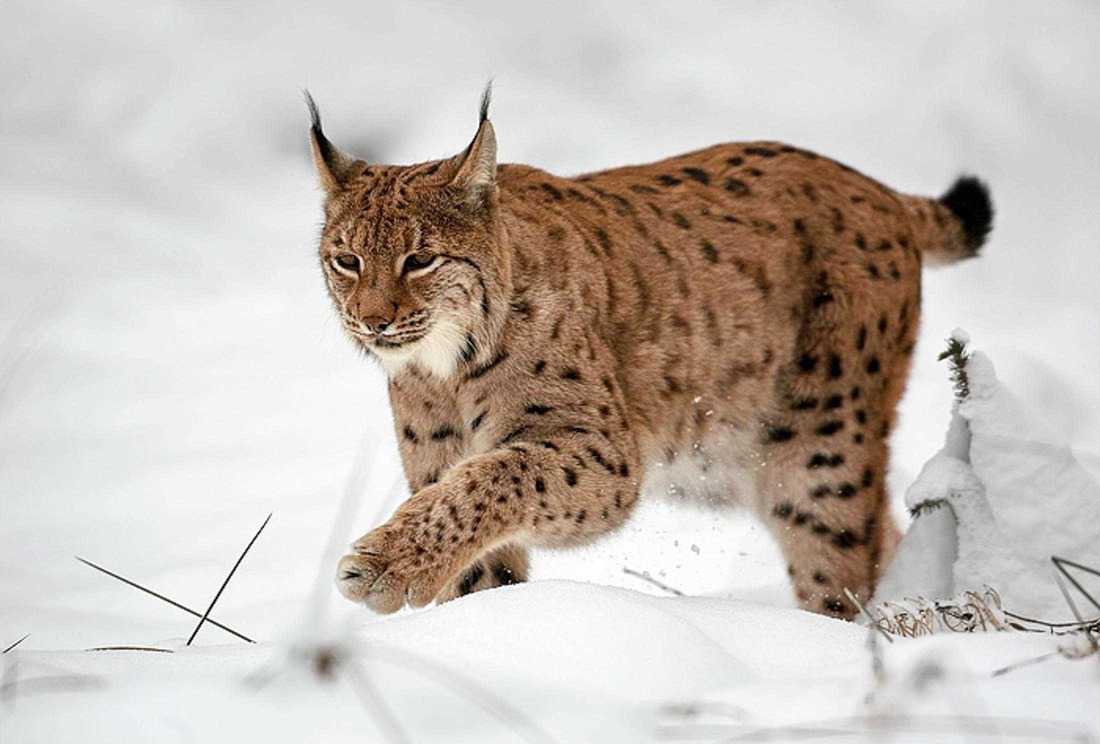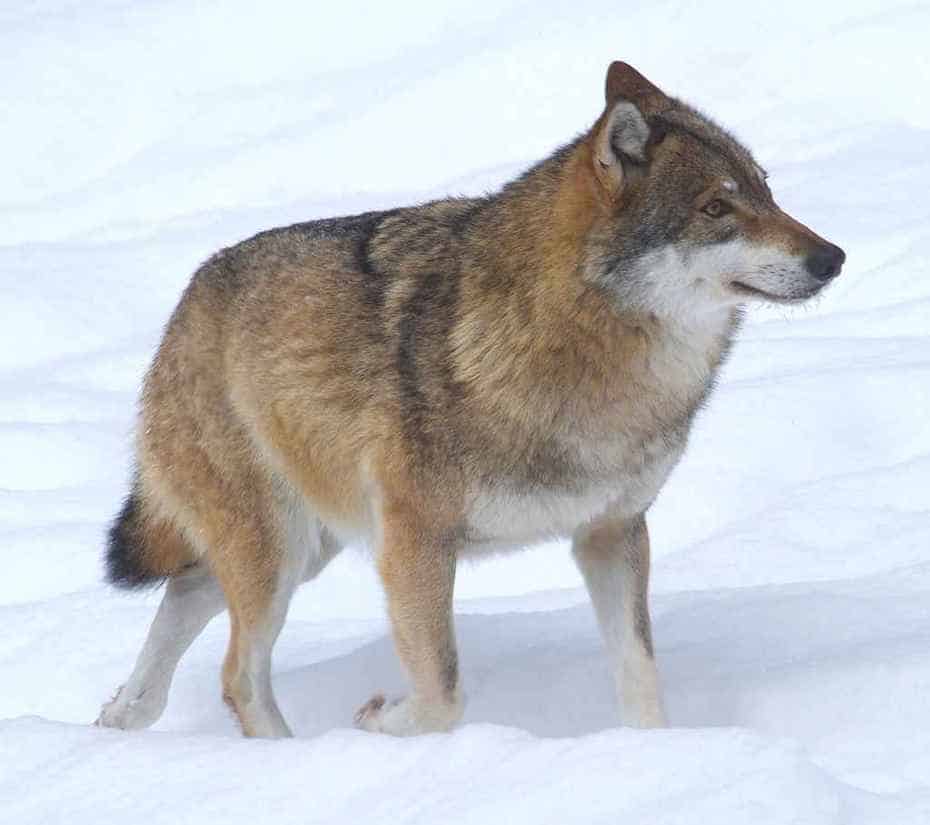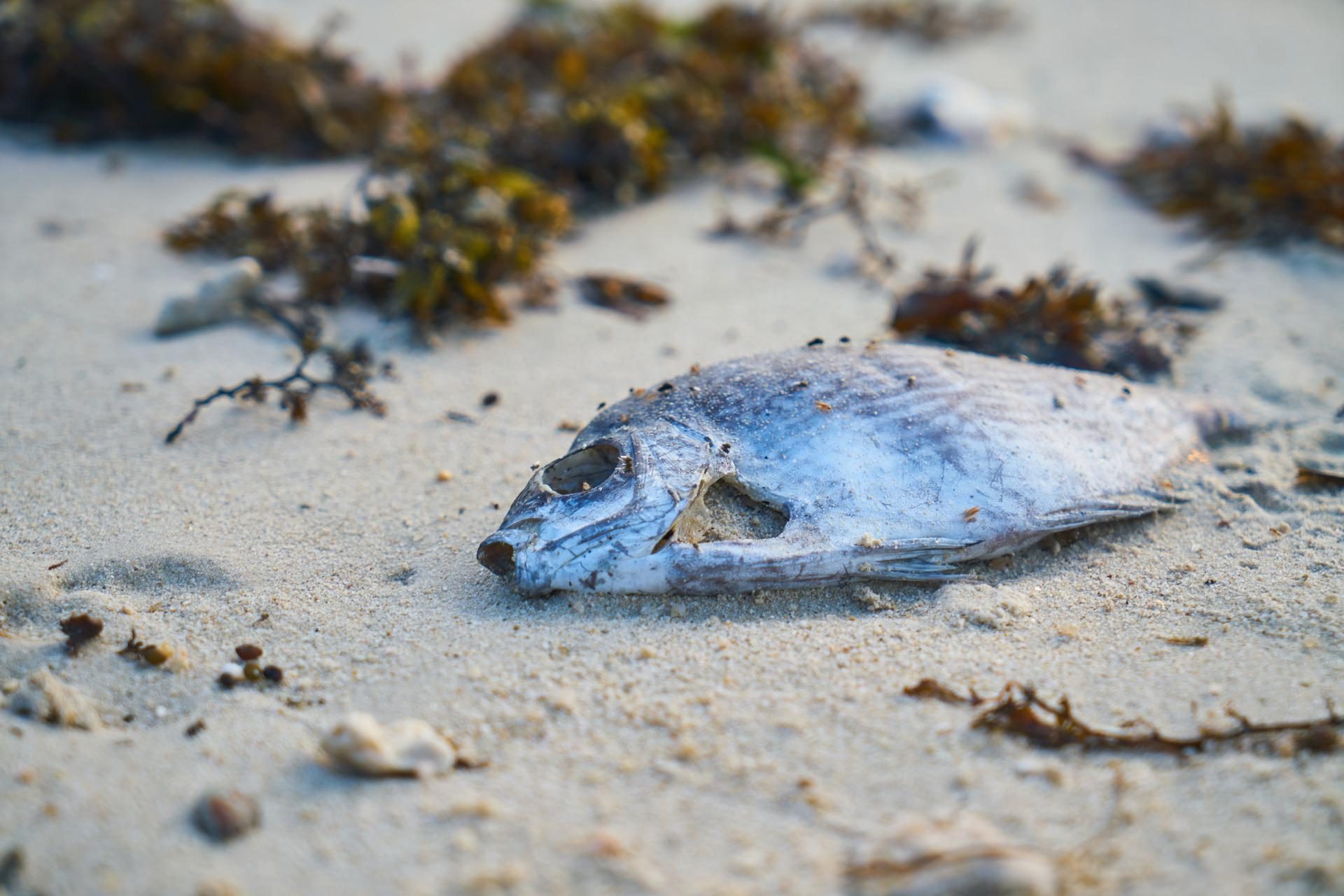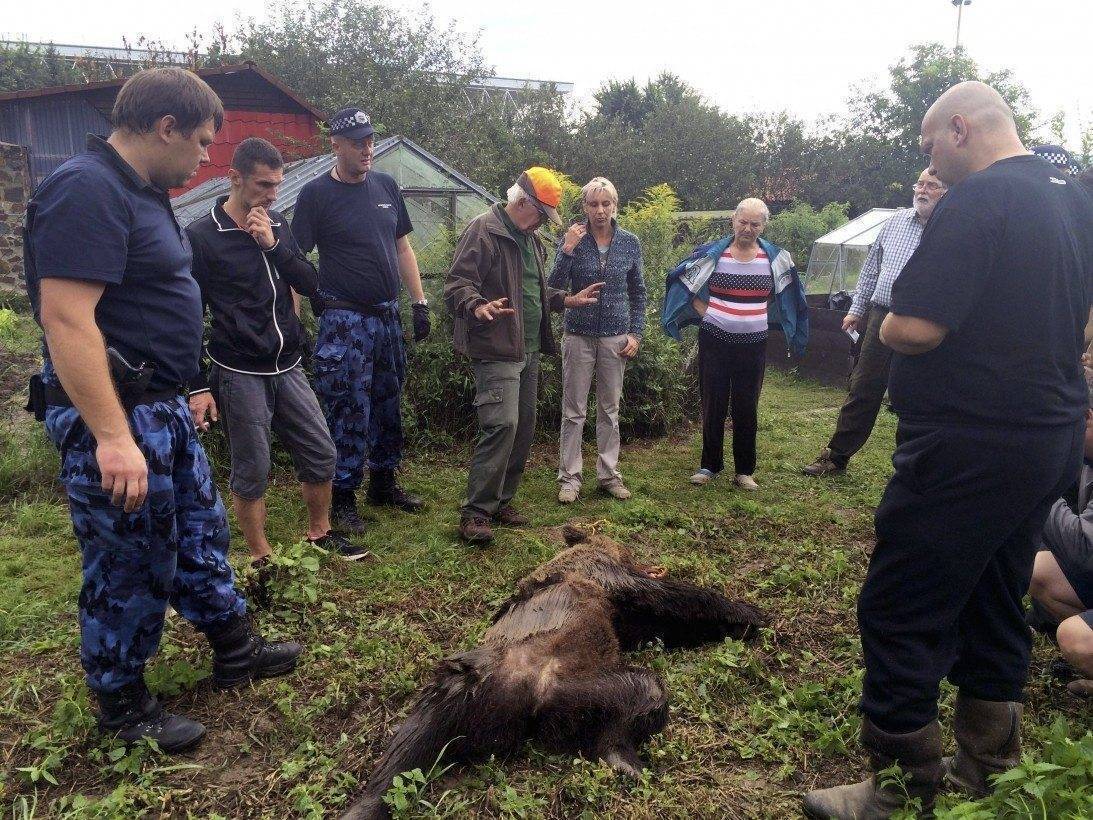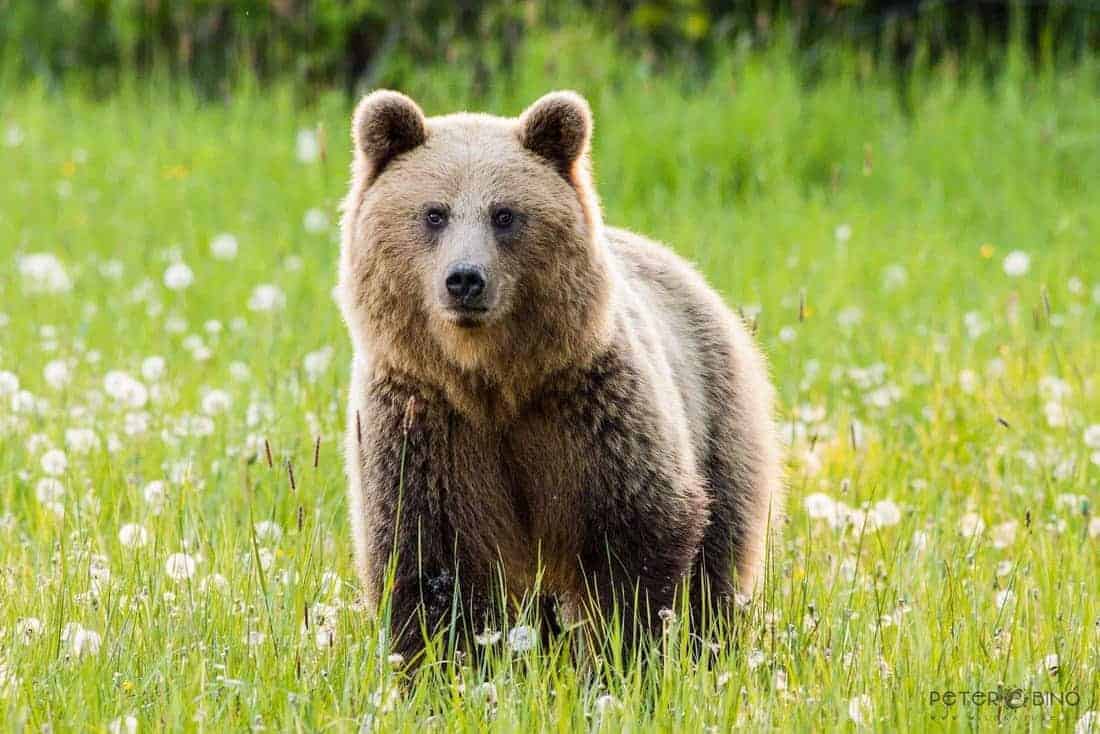Urban Wildlife: A Contradiction?
How can wildlife be urban and wild at the same time? This question is becoming ever more relevant as an increasing number of animals begin to settle in urban areas. Partially a result of rapid urbanisation occurring right up to the limit of greenbelt areas, human and wildlife populations are being brought closer and closer together.
Please also read: Deep ecology: Defending the Earth
Urban Takeover
In multiple metropolitan areas across the world, wildlife has been taking residence in cities. Amongst others, baboons are at home in Cape Town, wild boars in Hong Kong and mountain lions in Los Angeles. Earlier in 2020, when many countries were in lockdown due to COVID-19, even more wildlife ventured into urban areas. Sightings of more fish and ducks occurred in Venice, wild deer in a Sri Lankan port-city and ibexes in Eilat, Israel. Rarely have so many wild animals had the opportunity to venture the streets as they had earlier this year. This is emblematic of a closer connection between wildlife and urban areas in general, proving the presence of wildlife within and on the edge of cities.
With over 50% of the world’s population living in urban areas, this ‘urban wildlife‘ offers up many positive opportunities. It can help people connect to nature in a more meaningful way. For instance, this is especially true as more diverse populations of animals begin to move into urban areas. The presence of such populations in cities provides urban residents an opportunity to experience, at first hand, animals that they could only previously see in rural areas. Owing to a greater appreciation of nature, there may be a subsequent increased focus on protecting nature in wilder areas. This could then bring the tide of public opinion behind other nature conservation issues.
Natural Nature?
The question, however, arises of whether urban wildlife is natural or not. An issue with urban wildlife is human-nature conflict. The increased presence of wildlife in cities can sometimes make residents uneasy. Some argue that wildlife does not belong in cities or human-inhabited areas. This is because some fear wildlife threatening livelihoods and causing economic damage. However, does this mean that animals should be excluded from urban areas? Firstly, most wild animals go about their life in cities without many of us realising. Secondly, it may appear as if wildlife is encroaching on humans in cities but the opposite is in fact true. Habitat loss is a major issue with anthropological causes, one of them being urbanisation.
To live in harmony with animals whose habitat we’re destroying, we’re going to have to do a lot more work in what we’re doing to them.

Urban wildlife may even be seen as unnatural in some respects. According to many branches of philosophy, the natural is often seen as something that is not planned. However, at least recently, human communities have pursued urbanisation, with the knowledge that it destroys natural habitats for wildlife. In this sense, we are forcing ourselves onto nature and an ‘unnatural’ consequence of this is urban wildlife. Human culture forces formerly wild animals into living in these urban areas, making urban wildlife an artificial phenomenon. However, the story is different when we look at it from a scientific evolutionary perspective.
Amazing Adaptations
Evolution is also taking place at an astonishing rate in these urban areas. Cities are changing animals now. In some cases, genetic evolution is taking place. For instance, the white footed mouse in New York city has developed genes to digest and cope with extra fatty food that they find as waste in cities. Many animals are experiencing such changes, therefore, a case can be made for viewing cities as being part of nature, not separate from it. When a phenomenon as natural as evolutionary adaptation takes place in cities, it must be appreciated that wildlife has moved into cities and new urban-specific species and sub-species may become a more common result of this.
Urban wildlife is a topic that is here to stay. Human behaviour towards urban wildlife must be responsible. We must ensure that wildlife does not become too fearless of humans and dependent on them for food, as that can have bad consequences for both parties. If humans treat urban wildlife in the right way, then it can have a positive impact for both humans and animals. Whilst they adapt to the city, we also need to adapt to them, in order to prevent human-wildlife conflicts, otherwise they will only become more common with increasing urbanisation. To this end, if we acknowledge urban wildlife as a key part of the urban ecosystem, it could act as a springboard leading to wider support for nature elsewhere.

